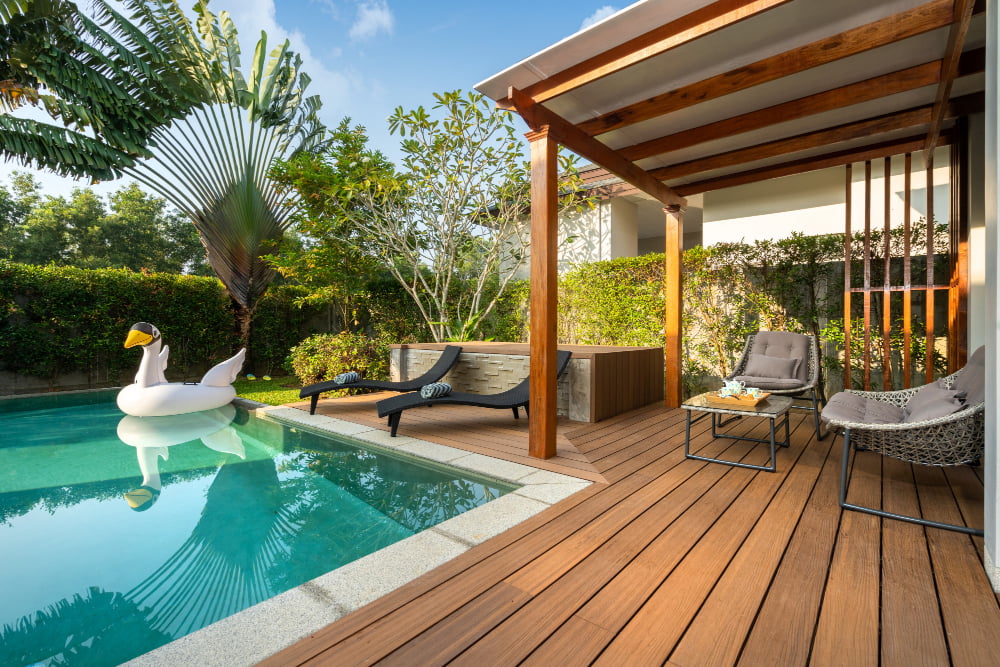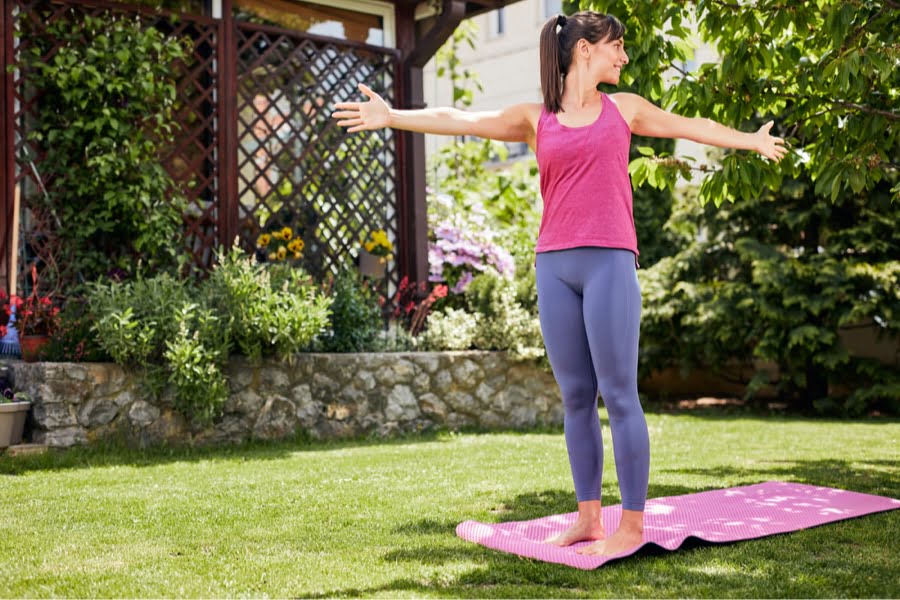Create a unified landscape design for your entire property by incorporating elements such as plants, trees, shrubs, pathways, outdoor furniture and lighting.
Consider using similar materials and colors throughout the space to create a cohesive look. Incorporate hardscaping elements like retaining walls and patios to add structure and definition to the space. Adding water features or other decorative accents for visual interest is also a great idea
Landscaping is a great way to create a cohesive design for your entire property. It can help unify the house and garden and provide an attractive outdoor space for entertaining and relaxation.
With careful planning, you can use landscaping to create a unified look that complements your home’s architecture and enhances your garden’s beauty.
In this blog post, we’ll discuss how you can use landscaping to achieve a unified look for your entire property.
Planning

It involves taking into account the size and shape of your land, as well as any existing features such as trees or buildings. You should also consider how you want to use the space, such as for entertaining or relaxation.
Once you have determined these factors, it’s time to create a plan that outlines what type of landscaping will be used and where it will go. This includes deciding on plants, hardscaping elements like pathways or patios, and other decorative features like lighting or water features.
By having a clear plan in place before beginning any work, you can ensure that all elements come together to create a unified look throughout your property.
Plant Selection

Choosing the right plants can help to create a unified look and feel throughout your landscape, while also providing visual interest and texture. When selecting plants, consider their size, shape, color, texture and growth rate.
Consider how they will interact with each other in terms of light requirements and water needs. Think about how the plants will fit into the overall design of your property – do they complement or contrast with existing structures? make sure to select native species that are well-suited to your climate so that you don’t have to worry about them becoming invasive or requiring too much maintenance.
With careful consideration of these factors when selecting plants for your landscaping project, you can create a cohesive design for your entire property.
Layout Design
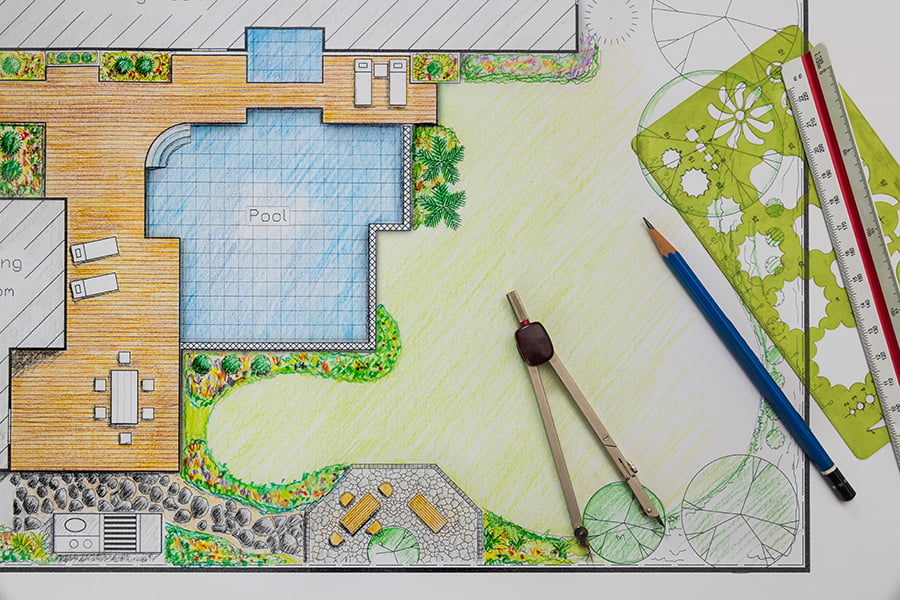
It involves planning out how different elements such as plants, trees, and hardscapes will be arranged in order to create a unified aesthetic. This includes considering factors such as the size and shape of the space, sunlight exposure, soil type, and existing features like walkways or patios.
Layout design can also involve creating focal points within the landscape that draw attention and provide visual interest. By carefully considering all these elements when designing a landscape plan, homeowners can ensure their property looks beautiful and well-coordinated from every angle.
Pathways and Walkways
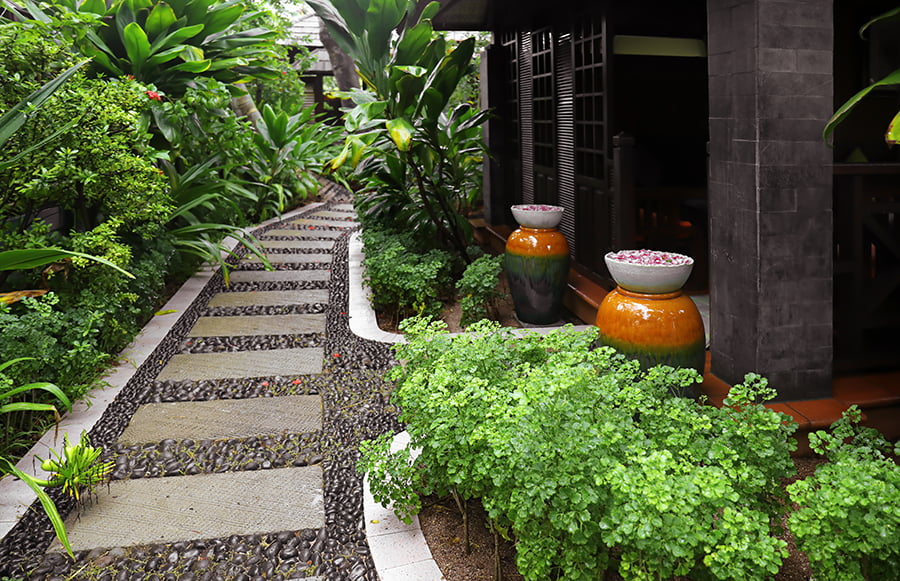
They provide a way to move around the property, connecting different areas together. Pathways can be made from a variety of materials such as gravel, brick, stone, or wood chips.
When designing pathways and walkways it is important to consider the overall look and feel of your property. You should also think about how they will be used; for example if you plan on having people walking through them regularly then you may want to use more durable materials like concrete or asphalt.
It is important to make sure that pathways are wide enough for two people to comfortably pass each other without feeling cramped or crowded. When creating pathways and walkways it is essential that they are level with the ground so that there aren’t any tripping hazards or drainage issues.
By taking these factors into consideration when designing your pathways and walkways you can create a cohesive design for your entire property!
Lighting
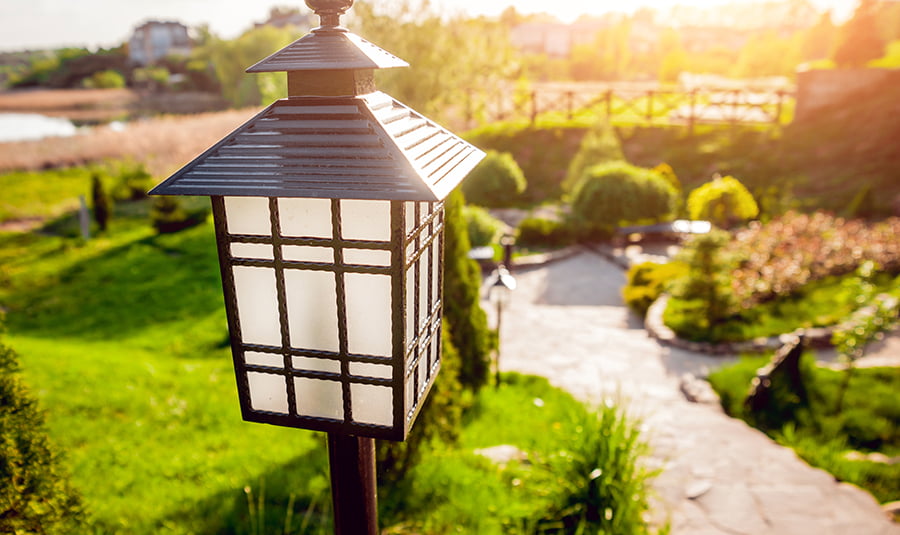
It can be used to highlight certain features, such as trees or pathways, and also provide safety and security. Lighting can also be used to create ambiance in outdoor spaces, making them more inviting and enjoyable.
When planning the lighting for a property, it is important to consider the type of light fixtures needed (such as solar-powered lights or LED lights), where they should be placed (for example near pathways or around seating areas) and how much light is needed (which will depend on the size of the area). It may be beneficial to use different types of lighting in different areas; for instance, spotlights could be used near pathways while softer ambient lighting could be used around seating areas.
By carefully considering these elements when designing a landscape plan with lighting included, homeowners can create a cohesive design that enhances their entire property.
Fencing and Walls
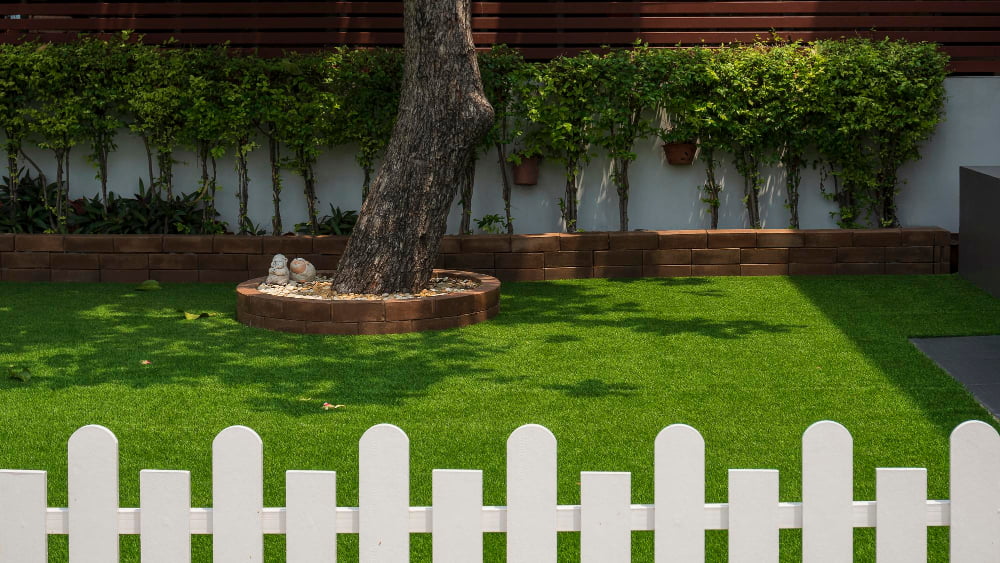
They can be used to create a cohesive look for your entire property by providing structure, privacy, and security. Fences come in a variety of materials such as wood, vinyl, metal, or stone.
Depending on the style you choose, they can add texture and color to your landscape while also providing protection from unwanted visitors or animals. Walls are another great way to define boundaries between different areas of your property while also adding visual interest.
They can be constructed out of brick or stone and come in various heights depending on the level of privacy desired. When choosing fencing and walls for your landscaping design it is important to consider the overall aesthetic you want to achieve as well as any practical needs that need to be met.
Water Features

They can be used to add visual interest, provide sound and movement, and even help with drainage. Water features come in many shapes and sizes, from small fountains or ponds to large waterfalls or streams.
Depending on the size of your property, you may choose one large feature or several smaller ones that work together as part of a larger design. When selecting water features for your landscaping project, consider how they will fit into the overall look of your space and how they will interact with other elements such as plants, trees, pathways, walls or fences.
Think about the maintenance requirements for each type of feature so that you can ensure it is properly cared for over time.
Outdoor Furniture and Accessories
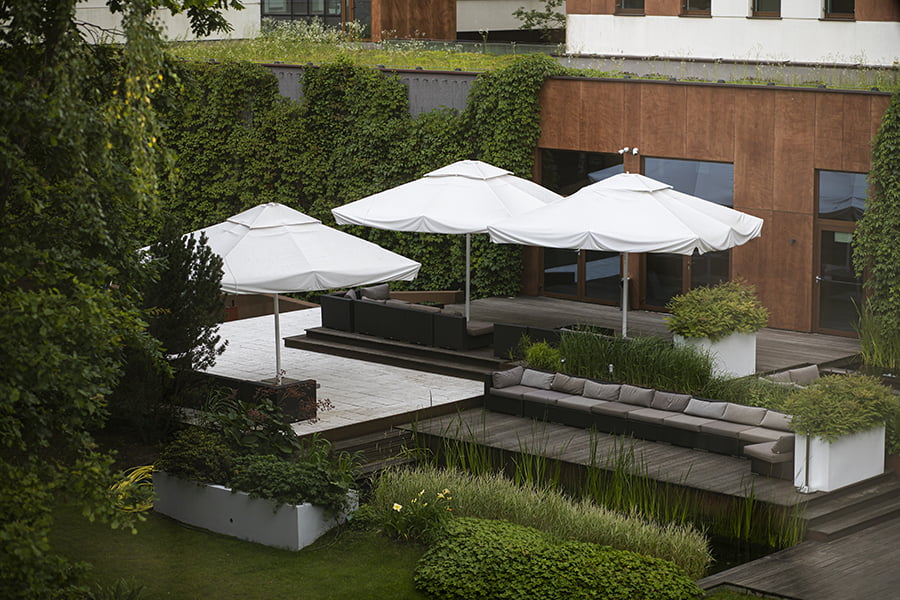
They can be used to create a cohesive look for your entire property, from the front yard to the backyard. Outdoor furniture such as chairs, tables, benches, and swings provide comfortable seating areas for entertaining guests or relaxing in the sun.
Accessories like planters, birdbaths, and outdoor lighting can add visual interest and help tie together different elements of your landscape design. By carefully selecting pieces that complement each other in terms of style and color, you can create a unified look across your entire property.


